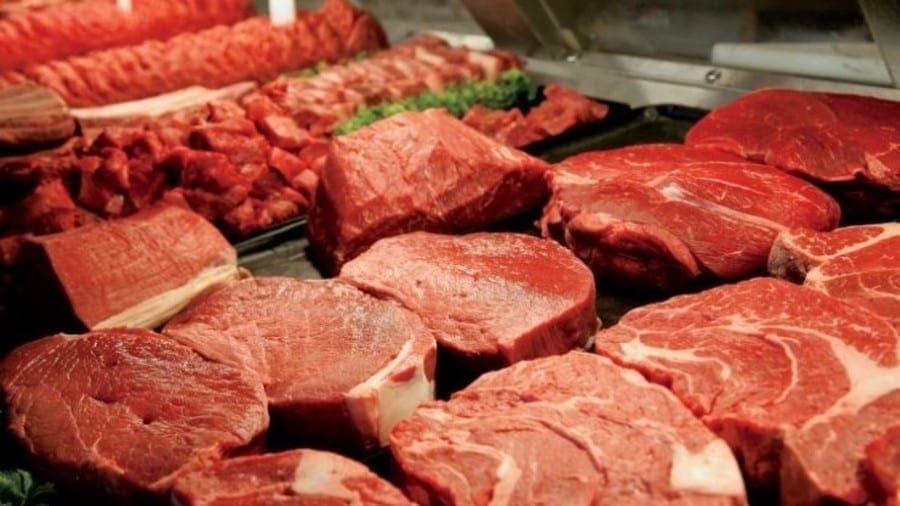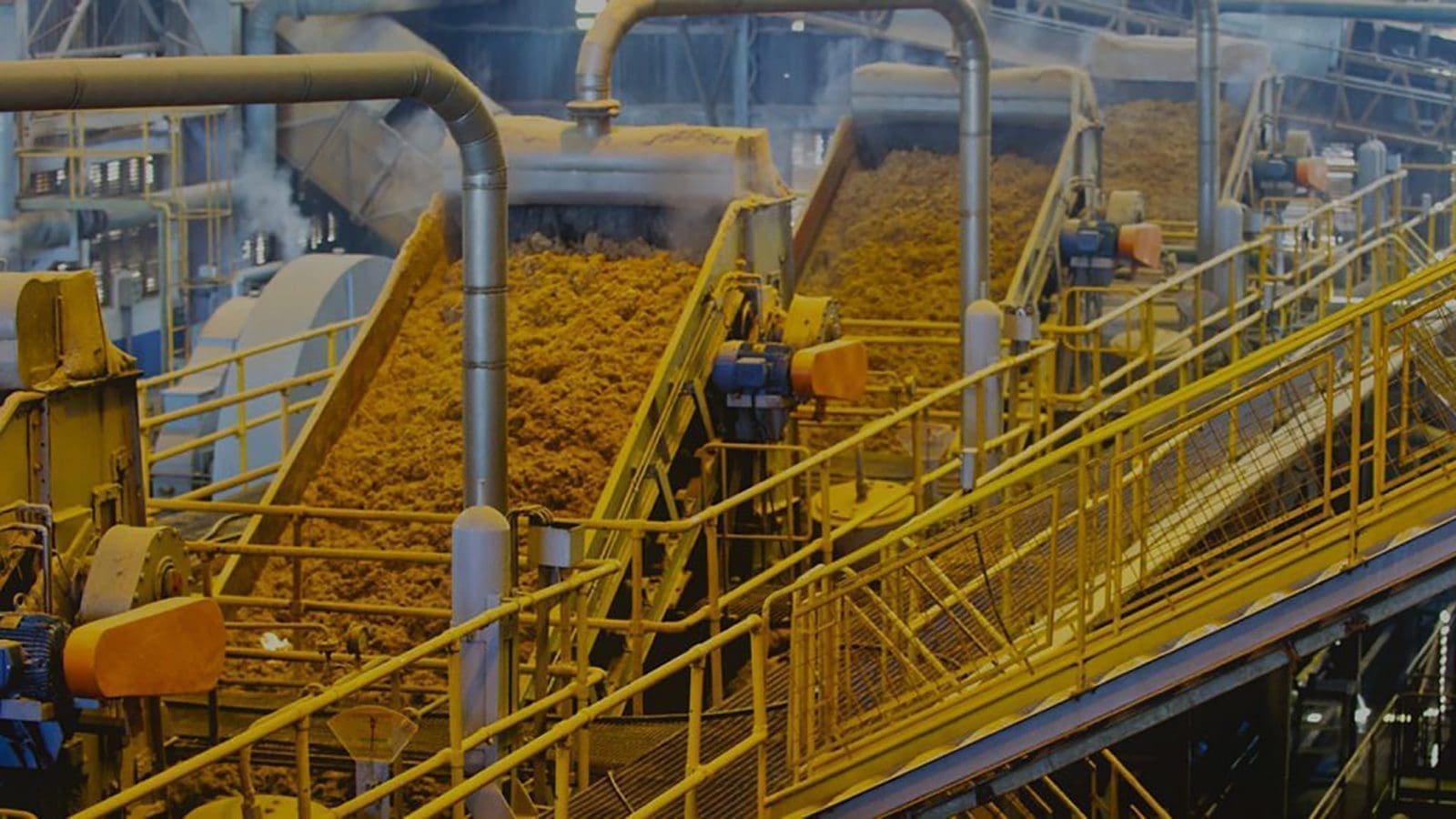THAILAND – The United States Development Agency (USDA) has maintained its Post’s forecast for MY2020/21 rice production in Thailand at 18.6 million metric tons, up 5 percent from MY2019/20.
USDA attributed this growth to favourable weather conditions for main-crop rice production in Thailand’s non irrigated areas which accounts for approximately 75 percent of total main-crop rice acreage.
The agency notes that the increased main-crop rice production in non-irrigated areas will likely more than offset the reduced rice production in irrigated areas where reservoirs are critically low.
A bumper harvest would normally have been good news, except for Thailand, this phenomenon is creating a downward pressure on rise prices in the country.
Currently, according to a report by USDA, rice prices are under downward pressure as supplies of MY2020/21 main-crop rice began entering the market.
For example, prices for fragrant rice declined 27 percent from the same period last year due to an expected recovery in fragrant rice production areas resulted in a bumper harvest in the MY2020/21
A silver lining for rice farmers is that the farm-gate prices of white paddy rice in October 2020 were still 16 percent higher than the same period last year.
On the exports front, Thai rice has not been performing well as produce from country’s like India and Vietnam proved more competitive and thus more attractive to buyers.
Between January and September 2020, Vietnamese rice was on average U.S. $40-50/MT cheaper than Thai rice, and Indian parboiled rice was U.S. $135/MT cheaper than Thai rice.
Data from the USDA shows that Thai rice exports totaled around 4 million metric tons between January and September 2020, down 32 percent from the same period last year.
The agency further projected that Thai rice exports in 2020 to 5.8 million metric tons, down 23 percent from 2019.
Corn production remains unchanged.
The USDA projects that Thailand’s corn production in MY2020/21 will remain unchanged at 5.6 million metric tons.
Average farmgate prices of corn between January and October 2020 declined 2 percent from the same period last year.
The lower price can be attributed to increased locally produced corn and a surge in duty-free corn imports from neighboring countries under the ASEAN free trade agreement, particularly from Myanmar.
Despite the decline, corn prices unlike rice remained well above the 5-year average prices as the government restricted the imports of alternative feed grains and ingredients.
Wheat imports rise in Q1, MY2020/21
In the first quarter of MY2020/21, wheat imports totaled 0.7 million metric tons, up 3 percent from the same period last year due to increased milling wheat imports.
The increase in milling wheat imports in the first quarter of MY2020/21 reflected the concerns of the flour mills about the government’s new regulations pertaining to paraquat and chlorpyrifos residues on imported agricultural products.
Flour mills reportedly built up their inventories of milling wheat despite an anticipated decrease in wheat consumption due to the COVID-19 outbreak.
Meanwhile, imports of feed wheat totaled 0.4 million metric tons, down 14 percent from the same period last year due to increased corn supplies from locally produced and imported corn, as well as the slowdown in poultry and livestock feed demand caused by the COVID-19 outbreak.
USDA projects that Thai’s wheat imports for MY2020/21 will amount to 3 million metric tons, down 14 percent from MY2019/20, due to reduced demand for milling wheat and feed wheat.
Milling wheat imports are expected to decline to 1.2 million metric tons, down 9 percent from MY2019/20 as domestic consumption of wheat-based food, particularly for bakery products, is unlikely to recover in MY2020/21.
Liked this article? Subscribe to Food Business Africa News, our regular email newsletters with the latest news insights from Africa and the World’s food and agro industry. SUBSCRIBE HERE










